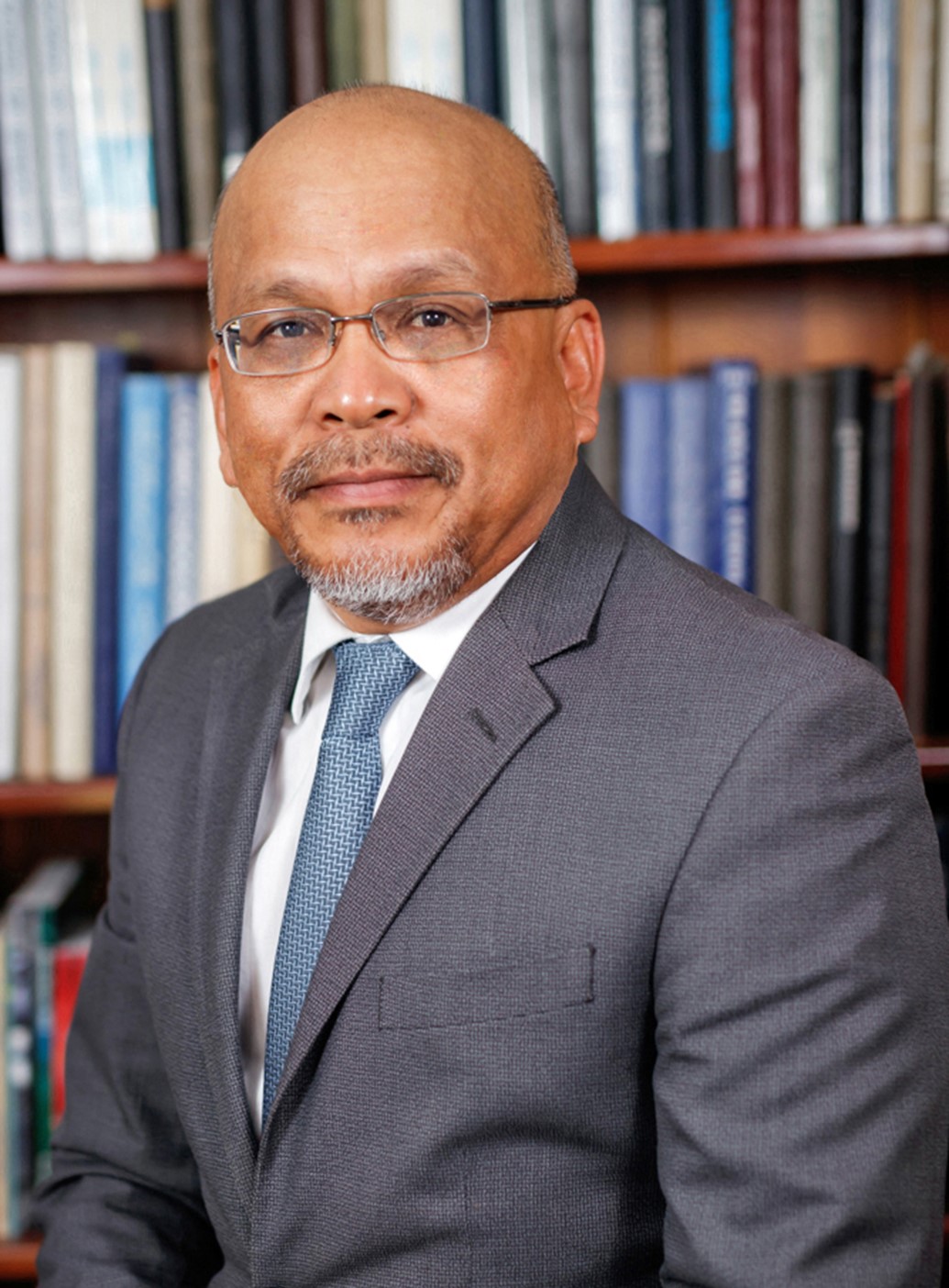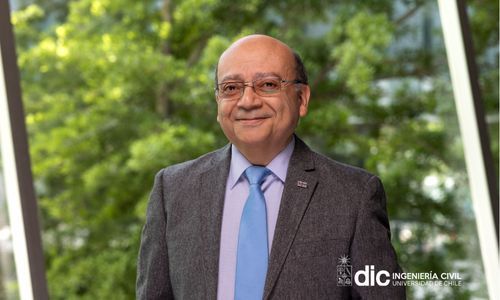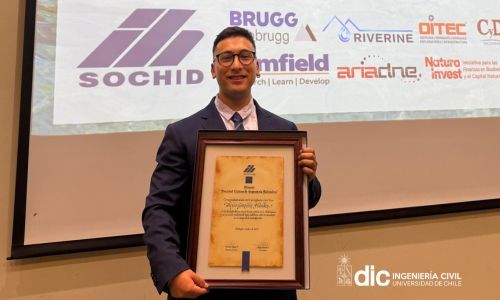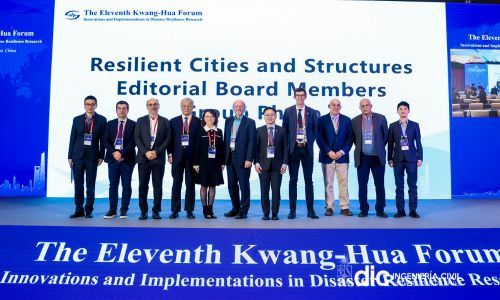Marte Gutierrez, Ph.D., es Profesor Distinguido “James R. Paden” en el Departamento de Ingeniería Civil y Ambiental de Colorado School of Mines, y Director Director del Centro Universitario de Transporte para Infraestructura de Transporte Subterráneo (UTC-UTI)
E-mail: mgutierr@mines.edu
Puedes ver el conversatorio aquí:
A continuación, la entrevista en idioma original.

In general, what have been the main research areas you have developed over the years?
I obtained my Ph.D. in Geotechnical Engineering. Out of necessity, instead of working in a narrow area as most academics do, I have worked on several application areas, including offshore platforms, petroleum geomechanics, tunneling and underground construction, geohazards, and CO2 geological sequestration. In support of these applications, I conduct experiments, develop models, and improve and deploy computer codes to solve fundamental problems of geomaterials containing one or more fluid phases.
What are the main goals and achievements of the center of underground infrastructure that you lead?
I am currently the Director of the University Transportation Center for Underground Transportation Infrastructure (UTC-UTI), which the US Department of Transportation fully funds. UCT-UTI is devoted to advancing Underground Transportation Infrastructure as a cost-effective, safe, and sustainable solution to increasing demand for conveying people, goods, and services, particularly in many urban areas. UTC-UTI aims to (1) develop technologies that will improve the durability and extend the life of new and existing UTIs; (2) educate and train the next generation of engineers from diverse backgrounds with educational, research, and entrepreneurial experiences; and (3) transfer research results and technology to industry and practitioners. More details on the center can be found at https://www.mines.edu/utc-uti/
Can you share with us some of the most important models you have developed, as well as the one you find more suitable depending on the type of projects you have worked on?
I have developed models for sand, clay, shale, and chalk. I have also improved existing particle contact models in discrete element models. I was one of the first to advocate using fully-coupled multiphase fluid flow and geomechanical modeling for predicting subsidence in hydrocarbon fields and the behavior of CO2 geological storage reservoirs. For actual projects, I often use finite element and finite difference codes with models I have developed. I use discrete element models for basic research to understand basic material behavior.
Our understanding is that you have worked in many industries and countries over the years. What are the main similarities and differences you have found in the geotechnical engineering practice?
The main challenge with most geotechnical engineering projects is the lack of data to provide reliable input to models and design processes. In the early days of geotechnical engineering, engineering judgment and experience were strongly needed to compensate for the paucity of data. These days, probabilistic and reliability analyses are being used to account for design uncertainties to provide estimates of the probability of failure or reliability in addition to the traditional factor of safety. The result is a more rational decision-making process. Yet despite all the recent advances, we must remain conscious that geotechnical engineering continue requires balancing theory and practice.
What was the main goal of your visit to Chile? Was it a positive visit?
My main goal in visiting is to re-evaluate issues on soil liquefaction that continue to plague the analysis of failures from soil liquefaction. Chile has experienced a lot of earthquake-induced soil liquefaction. As a result, much research in this area has been done in Chile. I wanted to learn about cases of soil liquefaction in Chile, and the research has been carried out. I believe I have made significant progress to the point that I will soon be able to write publications on the topic.
With so much research in course, did you have the possibility to interact with students from our civil engineering department?
I was fortunate to give seminars to University of Chile Civil Engineering students. I found them to be highly motivated, very capable, and knowledgeable. They were very eager, although my lectures were in English. I hope to recruit University of Chile students for graduate study in my Underground Transportation Center at Colorado School of Mines.
One last question. Did you like Chile? Did you have time to visit other areas of our country?
My wife and I had a truly wonderful and memorable visit to Chile. We enjoyed the food, wine, and diverse tourist destinations. We found Chileans to be very open, friendly, and hospitable. With Dr. Ramon Verdugo, my classmate as a graduate student at the University of Tokyo, and his wife, we visited the Maipu wine valley, Coquimbo, La Serena, Punta Choros, and the many barrios of Santiago. We even managed to drive across the mighty Andes for a short visit to Mendoza, Argentina. On our own, we also visited Vina del Mar, Valparaiso and the Casablanca wine region. Time flew so fast. We will surely be back again.





